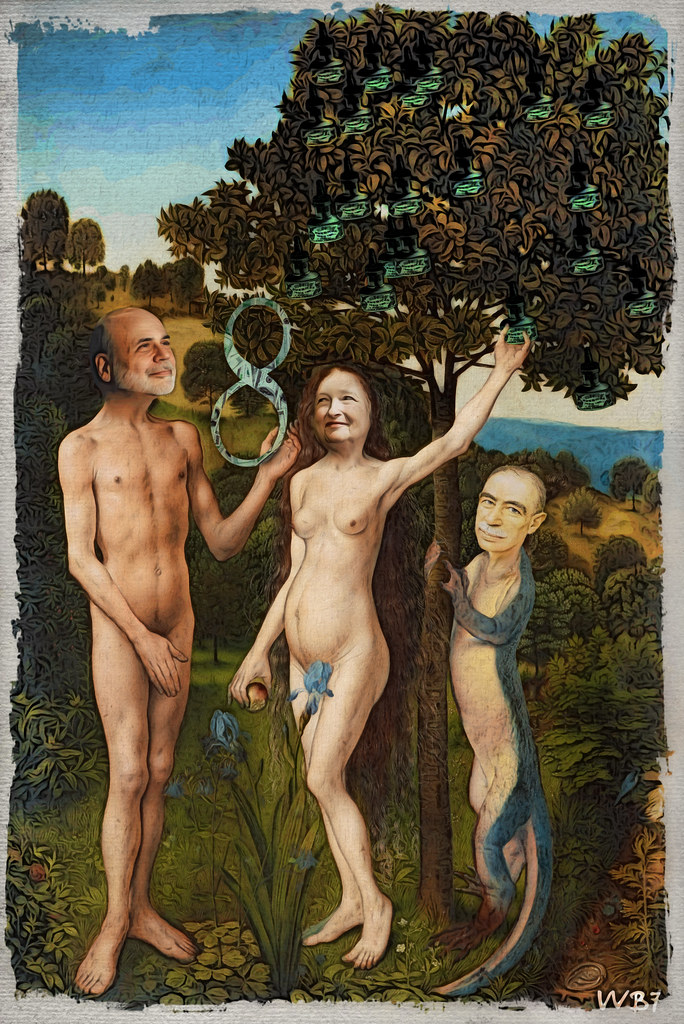Submitted by Pater Tenebrarum of Acting-Man blog,
Skew Index Rises Sharply
One of our readers pointed out to us last week that the recent strong rise in the so-called CBOE SKEW index should also be counted among the various divergences that make the stock market's current advance suspect. Skew measures the perceived tail risk of the market via the pricing of out-of-the-money options. Generally, a rise in skew indicates that 'crash protection' is in demand among institutional investors (institutional/professional investors are the biggest traders in SPX options). The basic idea is similar to the CSFB 'fear index' or the Ansbacher index (which compares the premiums paid on equidistant calls and puts).
A unusual move in the skew index (which historically oscillates approximately between a value of 100 and 150) is especially interesting when it diverges strongly from the VIX, which measures at the money and close to the money front month SPX option premiums.
Basically what a 'low VIX/high skew' combination is saying is: 'the market overall is complacent, but big investors perceive far more tail risk than usually' (it is exactly the other way around when the VIX is high and SKEW is low). In other words, a surprising increase in realized volatility may not be too far away. Below is a chart showing the current SKEW/VIX combination.

SKEW is rising strongly, even as the VIX is very low – click to enlarge.
Next is a long term chart which we have taken from the CBOE website. This chart looks a bit 'crowded', but it shows that the current level of the SKEW index is historically on the high side:

SKEW vs. VIX, long term. As can be seen, the perception of increased tail risk can be 'early', but it is definitely a warning sign.
And lastly, here is a chart showing two divergences between VIX and SPX – a bullish and a (potentially) bearish one:

The VIX and the SPX – two divergences (lower high in VIX vs. lower low in SPX at the 2011 low, and currently a higher low in VIX vs. a higher high in SPX) – click to enlarge.
So here we have some additional evidence that the risk-reward equation in the stock market has recently shifted toward 'risk'. Once again, these are not precise timing signals – as the longer term chart of the SKEW index shows, investors are at times too early worrying about growing tail risk. On the other hand, it is definitely a 'heads-up', and lead and lag times are bound to vary. This is to say, we cannot state apodictically that they are once again 'too early' or how long exactly the lead time of the rise in the SPX options skew will actually turn out to be before the market gets into trouble this time.







via Zero Hedge http://feedproxy.google.com/~r/zerohedge/feed/~3/UPOSfNEWZiA/story01.htm Tyler Durden


![]()














